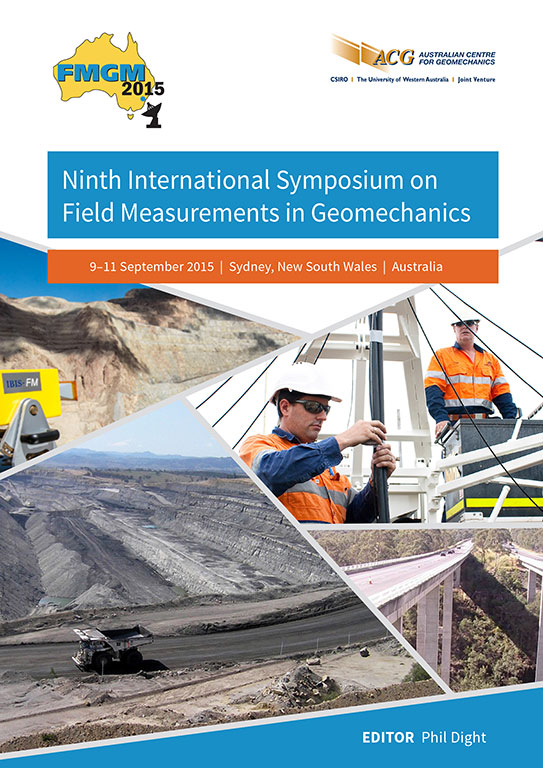Improving existing monitoring systems in six dams by automation and central data management

|
Authors: Caci, V; Stahl, H; Bekiri, E; Milevski, S; Glavinceski, M |
DOI https://doi.org/10.36487/ACG_rep/1508_05_Caci
Cite As:
Caci, V, Stahl, H, Bekiri, E, Milevski, S & Glavinceski, M 2015, 'Improving existing monitoring systems in six dams by automation and central data management', in PM Dight (ed.), FMGM 2015: Proceedings of the Ninth Symposium on Field Measurements in Geomechanics, Australian Centre for Geomechanics, Perth, pp. 137-148, https://doi.org/10.36487/ACG_rep/1508_05_Caci
Abstract:
In the period from June 2012 to April 2014, SISGEO S.r.l. completed an important project focused on the rehabilitation of existing monitoring systems in six dams owned by JSC Macedonian Power Plants (ELEM), all located in the Republic of Macedonia. The first four rockfill dams, namely Mavrovo, Spilje, Globocica and Tikves, were constructed between 1952 and 1969. The manual instrumentation in the four dams was, to a large extent, the same as originally installed and, due to careful maintenance, the instruments were still in good condition. The Kozjak rockfill dam was commissioned in 2003, whereas the Sveta Petka concrete archdam was commissioned in 2012. Both dams already had a local automatic monitoring system that was in very good condition. Nevertheless, ELEM wished to have a centralised monitoring system for the abovementioned dams. The purpose of the project was therefore to automate, to centralise all the existing monitoring system and to create a central data management unit in the ELEM facilities located in the city of Struga. For first four dams, the automation was performed for the existing instruments, i.e. piezometers and seepage weirs. In the more recent Kozjak and Sveta Petka dams, the main activity was to complete the automatic system by installing sensors in the existing open piezometers. Furthermore, additional activities have been performed, such as replacement of existing seismic equipment, implementation of video-surveillance system in galleries and implementation of pump working time measurement. At each dam site, a formal data transmission system has been implemented, mostly utilising existing fibre-optic connection. Wherever this fibre-optic connection was not available, a GSM-GPRS based transmission system was added. All dams are thus included in the central data management software, which has been specifically designed for the project. Local monitoring units at each dam site have been implemented, all sensors have been identified via a barcode system, and readout units have been provided to dam wardens. The system allows comparison between readings taken automatically and manually. A specific overvoltage protection system has been implemented as well, taking into account the specific geological conditions, the sensor location and the cable path. This paper gives an overview on the complex project, underlining the main difficulties faced and solved during the work progress.
© Copyright 2025, Australian Centre for Geomechanics (ACG), The University of Western Australia. All rights reserved.
View copyright/legal information
Please direct any queries or error reports to repository-acg@uwa.edu.au
View copyright/legal information
Please direct any queries or error reports to repository-acg@uwa.edu.au